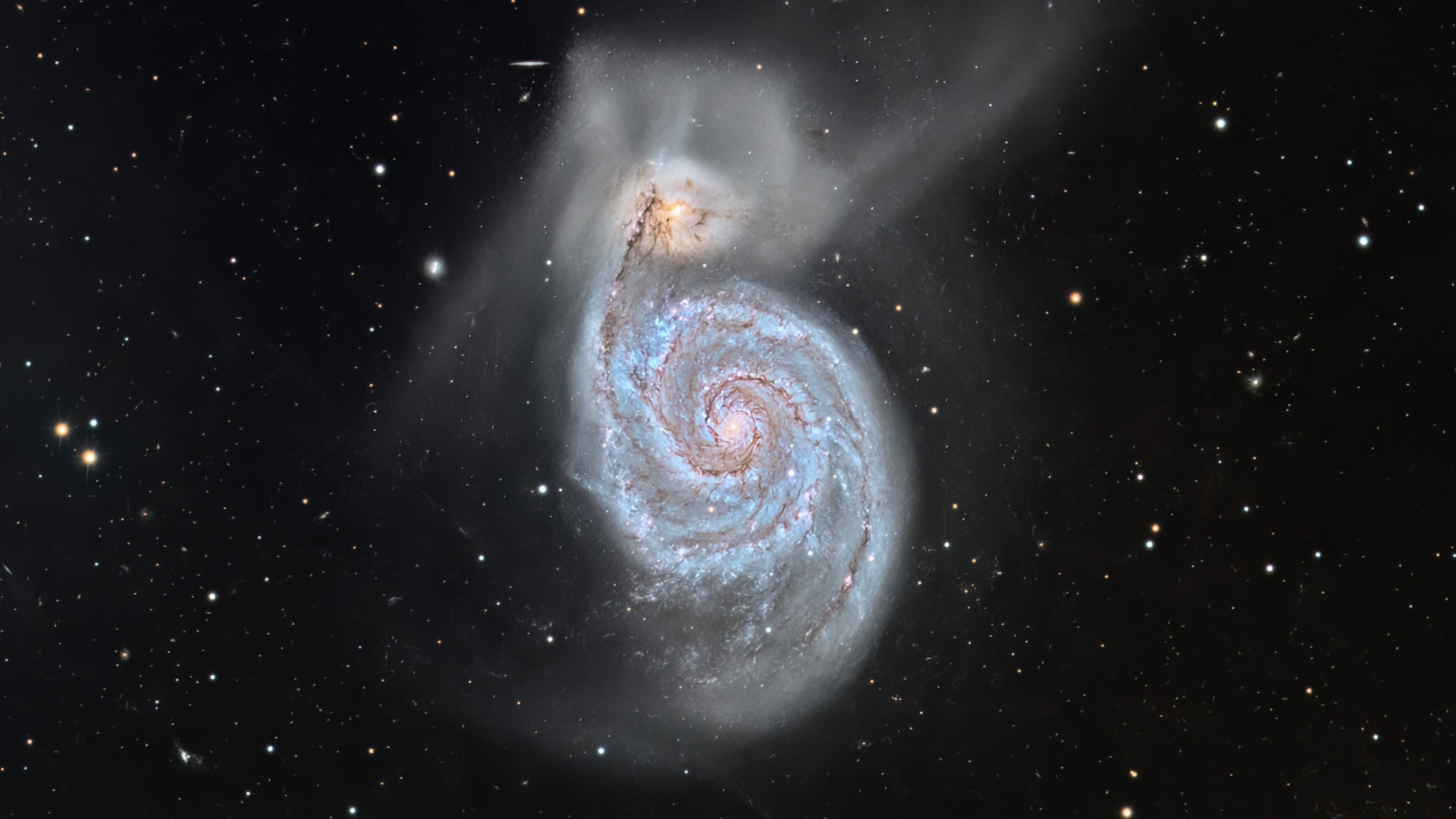Water Ice on Mercury: How It Stays Frozen (Infographic)

In 1991, scientists probed the planet Mercury with radar beamed from Earth. They observed near the north pole areas of permanent darkness, perhaps harboring deposits of water ice. Now, observations from the Messenger probe orbiting Mercury show that the areas are definitely water ice, partially covered by dark organic deposits. Hundreds of billions of tons of ice could exist in these shadowed, frozen pits.
The planet nearest the sun has a diameter about two-fifths that of Earth and gravity about 38 percent as strong as ours. Mercury has the most eccentric orbit of any planet, with a distance ranging from 29 million to 44 million miles (46 to 70 million kilometers) from the sun. [Ice on Mercury Explained (Video)]
With a diameter of 3,032 miles (4,879 km), Mercury is slightly larger than Earth’s moon.
Planet Mercury: Simple Facts, Tough Quiz
As Mercury orbits the sun, some areas within deep craters never receive direct sunlight. The cold areas have been stable for up to billions of years, allowing ancient ice to be preserved despite Mercury’s proximity to the sun. The ice may have been carried to Mercury by comets falling from the outer reaches of the solar system.
Scientists confirmed the ice by using an instrument on the Messenger spacecraft that detects neutrons. It is suspected that Mercury’s south pole also harbors ice deposits, but the Messenger probe’s orbit has not allowed for measurements of the southern region yet.
Join our Space Forums to keep talking space on the latest missions, night sky and more! And if you have a news tip, correction or comment, let us know at: community@space.com.
Get the Space.com Newsletter
Breaking space news, the latest updates on rocket launches, skywatching events and more!

Karl's association with Space.com goes back to 2000, when he was hired to produce interactive Flash graphics. From 2010 to 2016, Karl worked as an infographics specialist across all editorial properties of Purch (formerly known as TechMediaNetwork). Before joining Space.com, Karl spent 11 years at the New York headquarters of The Associated Press, creating news graphics for use around the world in newspapers and on the web. He has a degree in graphic design from Louisiana State University and now works as a freelance graphic designer in New York City.
